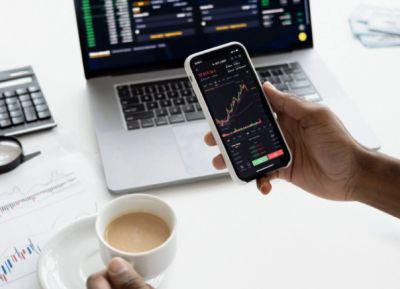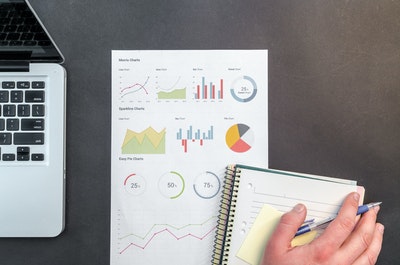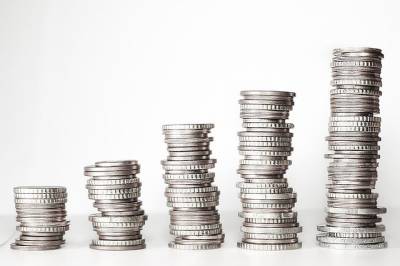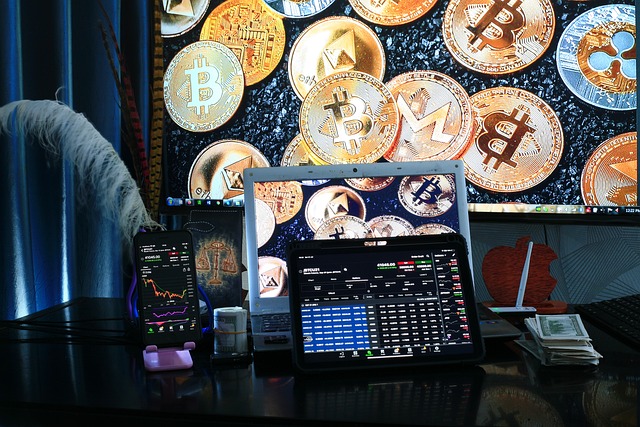How Long Does it Take to Learn Forex Trading?

The forex market refers to the foreign exchange or currency trading. Think of it as similar to the stock exchange, only you trade with currencies. Theoretically, you can trade all the world’s currencies.
Still, in reality, only eight are considered the major ones: USD (US dollar), NZ (New Zealand dollar) GBP (Pound sterling), EUR (Euro), CHF (Swiss franc), CAD (Canadian dollar), AUD (Australian dollar), and JPY (Japanese yen).
China is one of the world’s largest economies, so why is Yuan (RMB) not included in the forex (FX)? It is because the International Monetary Fund requires the country first to liberalize its currency.
As of now, the People’s Bank of China holds the monopoly of the Renminbi. It is just one of the things you learn when you want to know how to trade forex.
But let us go back to the question. How long does it take to learn forex trading? It is one of the most frequently asked questions from interested individuals. It is understandable, of course.
If you are going to invest time and money in shifting careers, you need to know how long you have to wait before you can see returns.
Three months? Six months? One year?
Forex Trading: The Basics
You can trade in the FX through currency swaps, spot transactions, options contracts, and forwards. Every day, more than 5.1 trillion USD in sales goes through the FX, dwarfing all the world’s total equities.
But unlike, say the New York Stock Exchange, where you see the physical building, all transactions are over-the-counter. You can trade 24 hours a day for five and ½ days a week.
From New York, London, Hong Kong, Zurich, Frankfurt, Sydney, Paris, and Singapore, you can trade currencies across major time zones.
Currency swap – The FX swap refers to the agreement between two foreign entities to swap principal and interest payments on a loan. It is the typical instrument used when you procure a loan in a foreign currency. Once you settle the loan, the principal amount gets exchanged.
Spot transactions – A spot FX trade refers to the sale or purchase of foreign currency to be delivered at the scheduled date, typically two business days. It is the most common type of transaction you see.
Futures – In contrast, currency futures are considered as a long trade. You enter into a contract to trade the currency pair at some point at a fixed price.
Options contracts – In a currency option, you get the right to buy or sell the currency at a premium price. This type of typical instrument is used by multinationals to hedge against the currency movement and protect themselves from fluctuations.
Steps to Learn in Forex
At the outset, mastery is a lifetime of learning. But when you want to learn how to trade forex, you will have to undergo the following steps:
You will learn to spot trade setups based on indicators, fundamentals, price action, and other factors but for the best traders consider forex brokers nz. Then you need to think of the best way to enter. You can use the Fibonacci ratio, indicators, psychological numbers, support or resistance levels, and the like.
Next is your exit strategy. You can still use the same techniques stated above. For most people, they would be happy if they get flat by the end of the trading day. The flat position is when you do not earn any profits, but you also do not experience losses.
You also have to learn how to manage your account. You do not want to lose all your money because of improper management. Finally, you build a trading plan and continue to test it using historical data and demo trading.
So, how long?
Some people read through all the materials online or enroll in self-help courses. Theoretically, you can learn the basics in several hours, and start trading in one month or three months.
What are the basics?
- Introduction to forex
- Major FX pairs
- Technical analysis
- Trading on time zones
- Strategies and trading plan
- Managing your money
- Types of order
But there is a vast difference between trading and trading successfully. Only a small percentage of traders have chosen to trade as a full-time career. It is the value of mentorship, as opposed to selling or buying on your own.
With an experienced trader by your side, you can be more confident of your position early on, while you are still learning to trade in the real market conditions.




